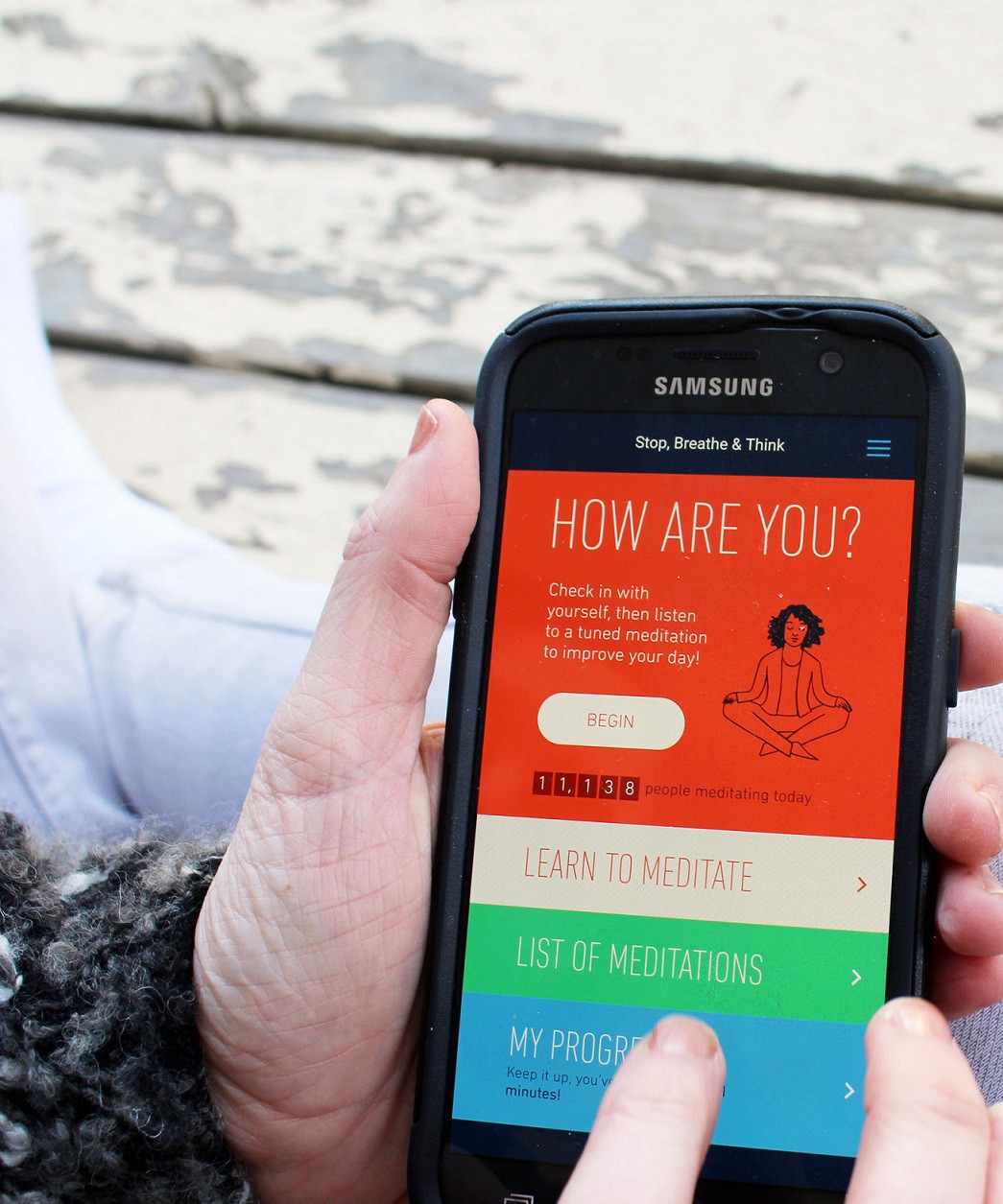How to manage stress and prevent the fight or flight response
Many situations in life can trigger an onset of stress and result in the fight or flight response. A problem or setback at work. A health crisis. Relocating or moving. Whatever the issue may be, in the times we live in, it’s easy to slip into this mode. I can’t tell you how often I’ve been there and felt threatened by one thing or another. Some of my anxiety was self-induced and unnecessary.
I live with a rare genetic disorder called DiGeorge Syndrome or 22Q11.2 Deletion Syndrome. The condition comes with over 200 medical symptoms due to missing genes from chromosome twenty-two. Throughout my life, I used to be a paranoid, timid and shy person. When a crisis occurred with my health, I functioned in a manic depressive and angry way to avoid freaking out. My anxiety would explode and one year ago, I realized that my way of dealing with situations worked against me.
During the Christmas holiday in 2015, my right lung collapsed, and I happened to be flying on an airplane halfway across the United States (two flights). A sharp pain made me sink into my chair, and I could feel my entire body from head-to-toe tense up. I blacked out. Then, in my mind I began yelling at myself, thinking that would keep me awake and alert. I panicked. It hadn’t dawned on me that I was in a fight for survival and I wasn’t helping myself at all. In fact, I aggravated my physical pain more.
The year following my recovery from lung surgery, I started thinking about how I could stay calm not just in a health crisis, but in other areas in life. When I moved out of a condo I lived in for ten years, the stress of moving nearly depleted me. I never handled transitions or changes with ease. Not long ago, I learned about this app that talks all about the fight or flight response.
Stop, Breathe and Think.
That is the name of the app. Before I knew it existed, I’d always tell myself to stop, breathe and think, but I wouldn’t. This resource taught me things about meditation that I didn’t know and covers a variety of subjects including falling asleep, mindful breathing, a mindful walk, and nature sounds. I’ve used this app every day, and in just two weeks, I’ve noticed a significant difference in my overall health. It’s a nice way to check-in at the beginning, middle or end of a work day. The majority of apps on my phone I do not use for work; I use them for my health.
I am working with the section of the app that focuses on change and transitions. It has given me new perspectives in areas where I struggle. If I’m feeling the slightest bit of stress, I meditate. It’s second nature to me now to stop and take a break.
Creating a routine each day improved my mental health and meditative breathing is an effective way to manage stress. Additionally, with these daily practices, I’ve been able to identify what my body is telling me and prevent anxiety from overthrowing me. I’ve been meditating for the last few years now, but the Stop, Breathe and Think app targets specific needs where I want to grow. Meditation enhances awareness of my surroundings and helps me sustain a healthy, leveled mind.
Originally published at medium.com


